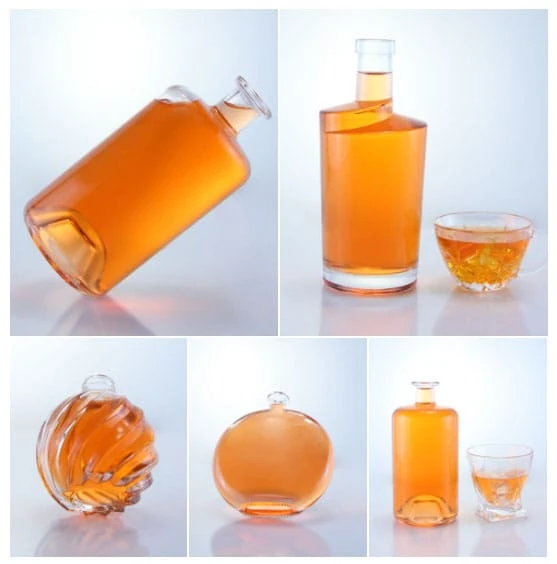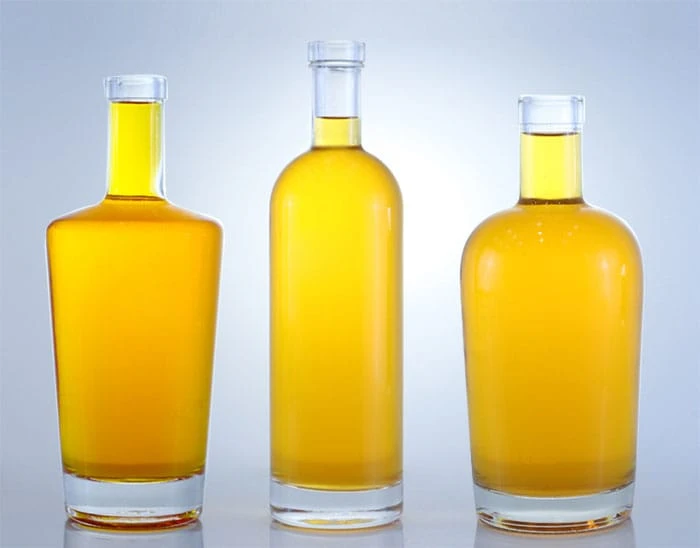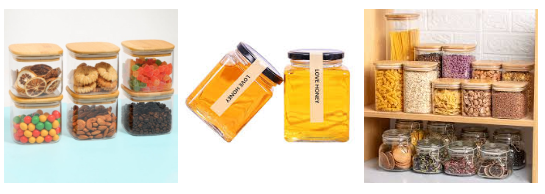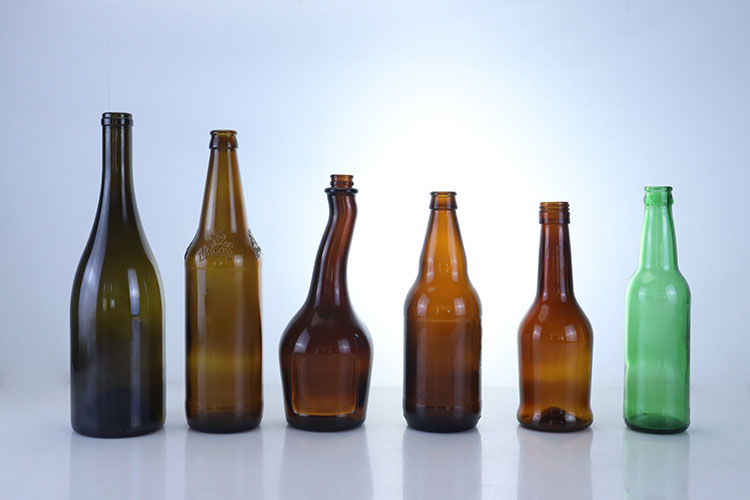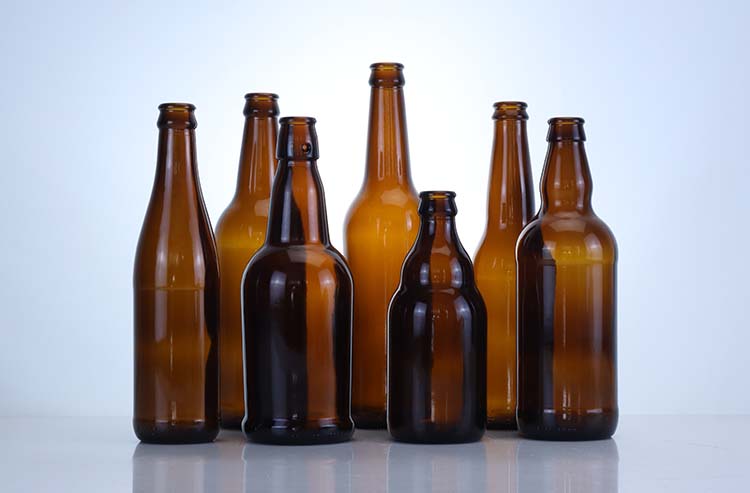Malt alcohol, this familiar yet unfamiliar term, always seems to carry a hint of mystery. How did it evolve from an ancient brewing technique to a representative of modern fashion? And what is malt alcohol? This article will take you to a deeper understanding of the origin, development, and cultural connotations of malt alcohol.
What is malt alcohol? The origin and development of malt alcohol
- Ancient brewing techniques
The history of malt alcohol can be traced back to the Mesopotamia region in 6000 BC. At that time, the ancestors accidentally discovered that after germinating the grains, drying, grinding, and then mixing with water for fermentation, they could obtain an intoxicating beverage. This beverage is the original malt alcohol. - Medieval Europe
In medieval Europe, malt alcohol became an indispensable part of people’s lives. At that time, monasteries and aristocrats were keen on brewing beer, and malt alcohol was the main ingredient of beer. With the continuous improvement of brewing technology, the types and tastes of malt alcohol have become rich and varied. - Modern fashion
Today, malt alcohol has developed from an ancient brewing technique to a representative of modern fashion. Malt alcohol beverages such as beer, whiskey, and brandy enjoy a high reputation worldwide and have become a symbol of people’s taste for life and pursuit of quality.
What is malt alcohol and Production process and characteristics of malt alcohol
- Production process
The production process of malt alcohol mainly includes the following steps:
(1) Raw material selection: barley is the main raw material, and wheat, corn, rice and other grains can also be used.
(2) Germination: soak the grains in water to make them germinate. During the germination process, the starch in the grains is converted into sugar, which provides nutrients for subsequent fermentation.
(3) Drying: dry the germinated grains to remove moisture and preserve the sugar in the grains.
(4) Grinding: grind the dried grains to facilitate sugar extraction.
(5) Saccharification: mix the ground grains with water and heat them to a certain temperature to fully dissolve the sugar.
(6) Fermentation: add yeast to the saccharification liquid for fermentation. During the fermentation process, the sugar is converted into alcohol and carbon dioxide.
(7) Distillation: distill the fermented liquid to increase the alcohol content.
(8) Aging: age the distilled alcoholic beverage to make the taste more mellow.
What is malt alcohol and various styles of malt alcohol
- Classification by place of origin
Malt alcohols from different origins have unique style characteristics. Such as Belgian beer, German beer, British beer, etc., each with its own characteristics. Belgian beer is famous for its rich fruity aroma and complex taste; German beer is characterized by refreshing and pure; British beer is known for its mellow and bitter taste.
- Classification by yeast type
There are two main types of yeast for malt alcohol: upper fermentation and lower fermentation. The upper-fermenting yeast floats on the liquid surface during the fermentation process, producing wine with a rich taste and rich aroma; the lower-fermenting yeast is below the liquid surface, producing a wine with a refreshing and pure taste. - Classification by alcohol content
The alcohol content of malt alcohol can be divided into low, medium and high. The alcohol content of low-alcohol malt alcohol is generally around 3%, with a refreshing taste, suitable for summer drinking; the alcohol content of medium-alcohol malt alcohol is 4%-6%, with a rich taste, suitable for daily drinking; the alcohol content of high-altitude malt alcohol exceeds 6%, and the taste is mellow , suitable for collection and appreciation.
Malt alcohol, as an alcoholic beverage with a long history, reflects human beings’ pursuit of a better life through its production process and variety characteristics. On the basis of inheriting tradition, brewers continue to innovate, giving malt alcohol new vitality. I believe that in the future, malt alcohol will continue to accompany mankind and create more beautiful memories.


